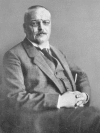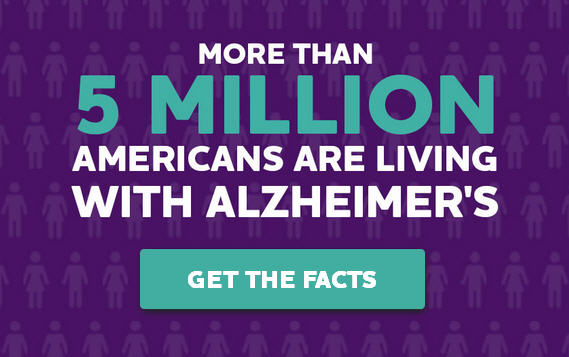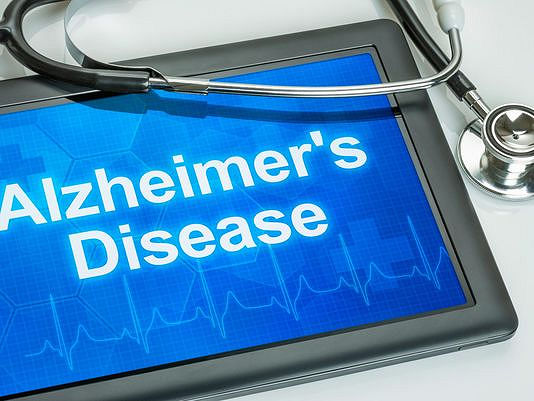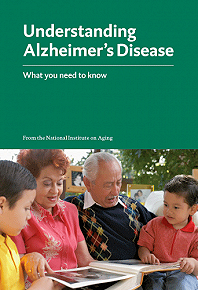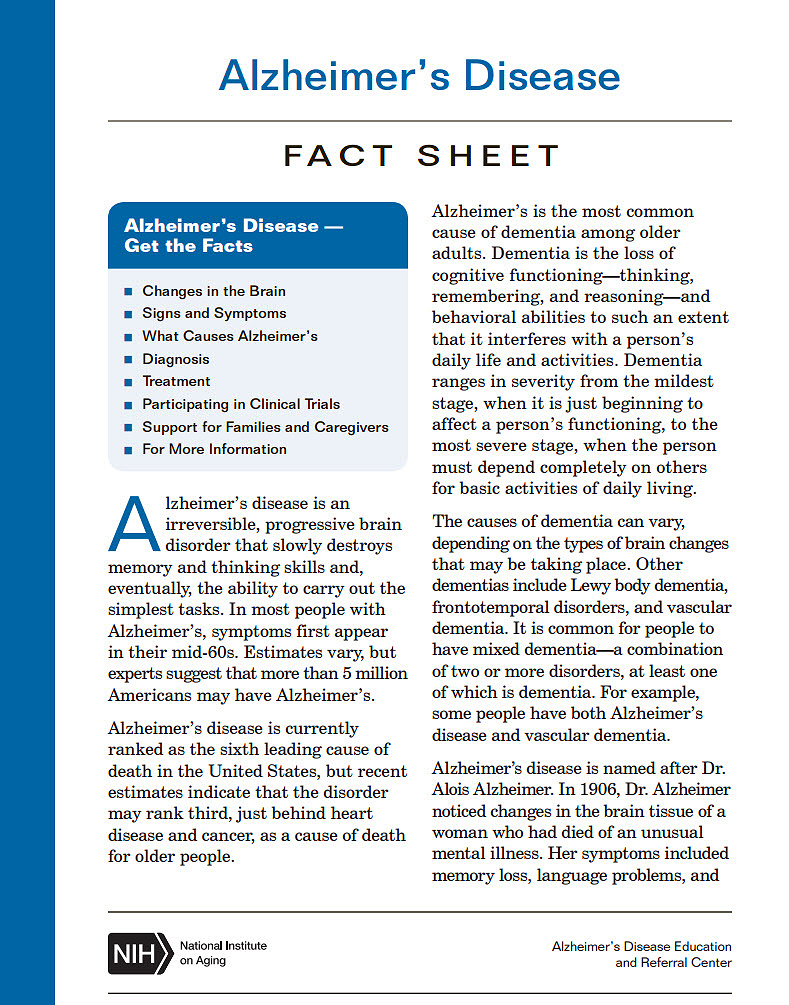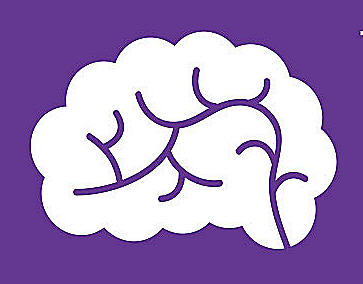Stroke. 2017 Apr 20. pii: STROKEAHA.116.016027. doi: 10.1161/STROKEAHA.116.016027. [Epub ahead of print]
Sugar- and Artificially Sweetened Beverages and the Risks of Incident Stroke and Dementia: A Prospective Cohort Study.
Pase MP1, Himali JJ2, Beiser AS2, Aparicio HJ2, Satizabal CL2, Vasan RS2, Seshadri S2, Jacques PF2.
Abstract
BACKGROUND AND PURPOSE:
Sugar- and artificially-sweetened beverage intake have been linked to cardiometabolic risk factors, which increase the risk of cerebrovascular disease and dementia. We examined whether sugar- or artificially sweetened beverage consumption was associated with the prospective risks of incident stroke or dementia in the community-based Framingham Heart Study Offspring cohort.
METHODS:
We studied 2888 participants aged >45 years for incident stroke (mean age 62 [SD, 9] years; 45% men) and 1484 participants aged >60 years for incident dementia (mean age 69 [SD, 6] years; 46% men). Beverage intake was quantified using a food-frequency questionnaire at cohort examinations 5 (1991-1995), 6 (1995-1998), and 7 (1998-2001). We quantified recent consumption at examination 7 and cumulative consumption by averaging across examinations. Surveillance for incident events commenced at examination 7 and continued for 10 years. We observed 97 cases of incident stroke (82 ischemic) and 81 cases of incident dementia (63 consistent with Alzheimer’s disease).
RESULTS:
After adjustments for age, sex, education (for analysis of dementia), caloric intake, diet quality, physical activity, and smoking, higher recent and higher cumulative intake of artificially sweetened soft drinks were associated with an increased risk of ischemic stroke, all-cause dementia, and Alzheimer’s disease dementia. When comparing daily cumulative intake to 0 per week (reference), the hazard ratios were 2.96 (95% confidence interval, 1.26-6.97) for ischemic stroke and 2.89 (95% confidence interval, 1.18-7.07) for Alzheimer’s disease. Sugar-sweetened beverages were not associated with stroke or dementia.
CONCLUSIONS:
Artificially sweetened soft drink consumption was associated with a higher risk of stroke and dementia.

http://stroke.ahajournals.org/content/early/2017/04/20/STROKEAHA.116.016027
© 2017 American Heart Association, Inc.
